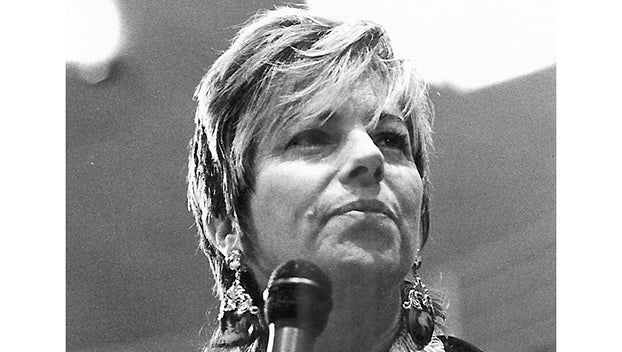MASTER GARDENER: N-P-K fertilizers have significance in the letters; know the difference
Published 12:06 am Thursday, July 28, 2022
|
Getting your Trinity Audio player ready...
|
So, you’ve noticed your spring flowers have endured as much of our Texas summer heat as they can stand and decided it’s time to replace them with summer blooming annuals and perennials.
After reading numerous plant labels, you’ve selected several perennial plants for your flower beds, or beautiful hanging baskets to enhance the front porch or found the perfect tree, to become the focal point of your landscape.
Do you need fertilizer? What do the fertilizer label numbers mean?
If you are just learning to garden or perhaps, you’re a bit more seasoned gardener, it’s good to know what the information label on a bag of fertilizer is providing you.
There are three numbers on a fertilizer label, such as 8-8-8, 10-10-10 or 10-20-10. It is important to understand what each number represents before purchasing or using the fertilizer. Of course, knowing what these three numbers mean is not enough to make a good decision about the use of fertilizer.
You need to understand why each of the three nutrients is important.
Before I delve into demystifying fertilizer labels by explaining the meaning behind each number let me briefly examine the three primary macronutrients plants require to stay healthy: nitrogen (N), phosphorus (P) and potassium (K).
Note: There are also micronutrient requirements as well, which is why it is important to have your soil tested every couple of years. The soil analysis results will provide information on soil nutrient availability, whether nutrient deficiencies exist, and corrective action needed.
Contact your local county extension office for complete details and where to submit soil samples for analysis.
Nitrogen is an essential nutrient for plant growth and an integral part of every plant cell. When nitrogen is sufficient, plants synthesize more protein and promote cell division and growth, meaning the leaf area of plants grows quickly and there is more leaf area for photosynthesis.
Nitrogen stimulates rapid growth of branches and leaves, making leaves greener and grow faster. Generally, during the growth period of foliage and flowering plants, nitrogen promotes the development of new branches and makes leaves thicker.
Adding a 3 to 4-inch layer of mulch such as grass clippings, pine bark, pine straw, hay, or leaves which will decompose over time, are all excellent sources of organic nitrogen.
Phosphorus’ key role is supporting plant root development, growth of more branches in foliage plants, and the faster distinction of flower buds in flowering plants. After the branches and leaves grow lush (vegetative growth stage), plants enter the reproductive stage.
Applying fertilizer with elevated phosphorus numbers can promote the differentiation of flower buds, flowering, and fruiting. Often, fish emulsion (decomposed fish entrails), composted chicken and livestock manures, bone meal and pulverized eggshells are each good organic phosphate fertilizers.
During plant growth and development, potassium activates numerous enzyme systems, photosynthesis, carbohydrate uptake and protein synthesis. Potassium is the basic building structure allowing plants to grow stronger and enhancing plant’s ability to resist disease.
When used in combination with phosphorus, it promotes robust growth, flowering, and fruiting. Commonly used organic potassium fertilizers are plant ash (potash), which is formed from burning yard debris such as tree limbs, and other plant materials, or from banana peels are all good organic potassium fertilizers.
So, what do the numbers mean on fertilizer labels? Fertilizer numbers indicate the NPK ratio: N is nitrogen, P is phosphorus, and K is potassium. The numbers represent the percent by weight of a nutrient in the fertilizer.
For example, “10-20-10” fertilizer has 10 percent nitrogen (N) by weight, 20 percent phosphorus (P) by weight, and 10 percent potassium (K) by weight.
Remember that nitrogen, phosphorus, and potassium are not the only nutrients plants require for survival and growth. Of all the required nutrients, plants will use more NPK (I call them “the big three”) than any other nutrients.
So, fellow gardeners, let’s go out and grow ourselves a greener, more sustainable world, one plant at a time!
John Green is a Certified Texas Master Gardener. If you have gardening questions or need more information, contact the Orange County Master Gardeners Helpline at 409-882-7010 or visit txmg.org/orange, Orange County Texas Master Gardeners Association on Facebook or email extension@co.orange.tx.us.






